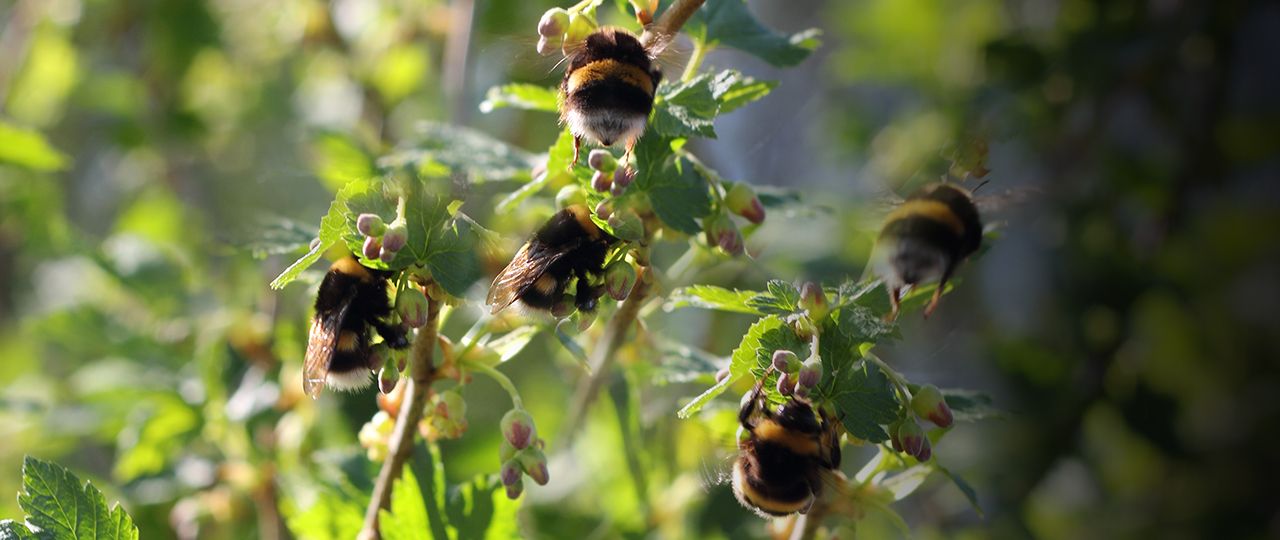
Jason Beedell
Director, Research


Director, Research
Click to download the full update as a PDF
Post-Brexit UK agricultural policy in full force from 2025
As suspected, the agricultural policy that will replace the CAP in the UK may not come into full effect until around 2025, to give farmers a transition period to adjust and, importantly, for the government to design processes to administer it. The Government has also confirmed that it would support payments at their current level until 2022, which is an additional two years.
CAP post-2020: EU may delay setting budget due to lower income post-Brexit
The EU is considering delaying discussions on its budget, called the Multi-annual Financial Framework, until after Brexit negotiations have been concluded, presumably on the first phase of issues, which include citizens’ rights, the principles of the financial settlement, external borders and dispute settlement. This is a change in stance and reflects the impact of losing the UK’s net contribution to the budget.
CAP post-2020: water use efficiency to be a key element
Malta, which holds the presidency of the EU at the moment, has called for a much greater focus on water use and availability in the reform of the CAP. This is an increasingly important issue and probably in most UK farmers’ minds at the moment given the very dry spring. Polices could include ‘disaster bonds’ and insurance criteria such as ‘climate vulnerability indices’ that assess the risk of individual farms.
New US Secretary of Agriculture Sonny Perdue finally sworn in and gets busy
He has told farmers that he understands the importance of immigrant labourers, including some who are illegal, and that deporting them will not be his focus. He also said that climate change is a fact (not sure his boss agrees) but that the causes of it are not definitely known. He committed to ‘do what makes sense to contribute to clean air, clean water, and a better environment on our farms,’ as well as to get rid of ‘onerous [environmental] regulations.’ It will be fascinating to see how these words translate into action. The USDA’s budget has been cut by 21% for 2018 and it was feared that many environmental and conservation programmes would have their budgets cut this year: instead, many actually increased.
Neonicotinoids found to affect queen bumblebee feeding and egg development
Thiamethoxam, which is one of three neonicotinoid insecticides currently restricted for use by the EU, has been found to affect ovary and egg development in queen wild bumblebees. The bees were also found to take in less food. Both of these effects are likely to reduce bee populations. The bees were exposed to the chemical at levels similar to those they would experience in a farmed landscape, over which they forage and act as pollinators. Currently, bumblebee queens are not considered in pesticide risk assessments for pollinating insects. The research was published in The Royal Society's flagship biological research journal. Separately, B&Q has said that it will stop selling any flowering plants produced using neonicotinoids and Rothampsted Research has said that a ban would significantly affect UK crop production as alternative chemicals are not effective.
The first kite-powered wind farm is going to be built in southern Scotland
The electricity is generated when the kites pull their tether lines out 300 metres and then fly in circles, which turns a spool linked to a generator. The site will have ten systems, spaced about 600 metres apart, which would generate enough power for 5,500 houses. Kites are said to have a lower visual and environmental impact than turbines, as they use less steel.
Smart expansion of conservation areas
If an additional 5% of land in carefully selected places is protected for key species there would be a tripling of the protected range of those species, which would help safeguard their functional diversity, according to some interesting research from Yale published in Nature. They also suggest thinking about species conservation globally, not locally, as species migrate and often rely on a number of places on the planet.
Only 525 hectares of new woodland was planted in England in 2016
These latest figures from the Forestry Commission, for the year ending 31 March 2017, are massively below the national targets for planting. Most of the planting was done in early 2016 with very little planted since. ConFor, a forestry industry body, has called the figures pathetic and lays much of the blame on poorly delivered woodland planting grants, which are now administered by three organisations (Forestry Commission, Natural England and the Rural Payments Agency). Our experience, through John Clegg and Co, is that some remarkable issues are being raised to frustrate planting proposals, such as partial rush cover on one site. Separately, uncertainty over the future of farming subsidies has reignited the debate over land that was let to tenant farmers being taken back in-hand once a tenancy ends and planted with trees. It is not clear at what scale this is happening.
UK timber prices rose in 2016
The price of coniferous timber, sold as standing trees, rose by around 12% (nominal) or 10% (real) in the year ending March 2017. Average softwood sawlog prices rose by 18% (nominal) and 15% (real) over the same period. This data is based on sales by the Forestry Commission and Natural Resources Wales and so may differ from sales by the private sector. The price rises are due to the weakening of Sterling making UK-produced timber more attractive to buyers and as the demand from the firewood and renewable energy markets has supported demand for small round wood. One of the key issues this year is that Kronospan’s plant at Chirk has been off-line. It is due to start up again by July / August and that will boost demand, which should strengthen prices.
Conservative manifesto is major change from home-ownership focus and will cut development windfall gains
The Conservative Party’s proposals on getting more houses built are a significant change from the Party’s past policies. There is no mention of Starter Homes or the future of the Help to Buy schemes. Instead, the priority is on getting social and council house builders to build more houses that are affordable to rent and buy: private house builders are barely mentioned. Local authorities will have new powers to compulsory purchase brownfield land and pocket sites for social housing at below [development] market value. A similar approach has been adopted for telecoms mast sites in the Digital Economy Act, so site owners will only receive the value of the site if there was no scheme (or mast). There have been mixed reactions to the proposals. The British Property Federation, which represents property companies, said that landowners should receive a fair share of the value that a scheme creates. It is estimated by the Centre for Progressive Capitalism that over £9bn flows to landowners from housing development each year.